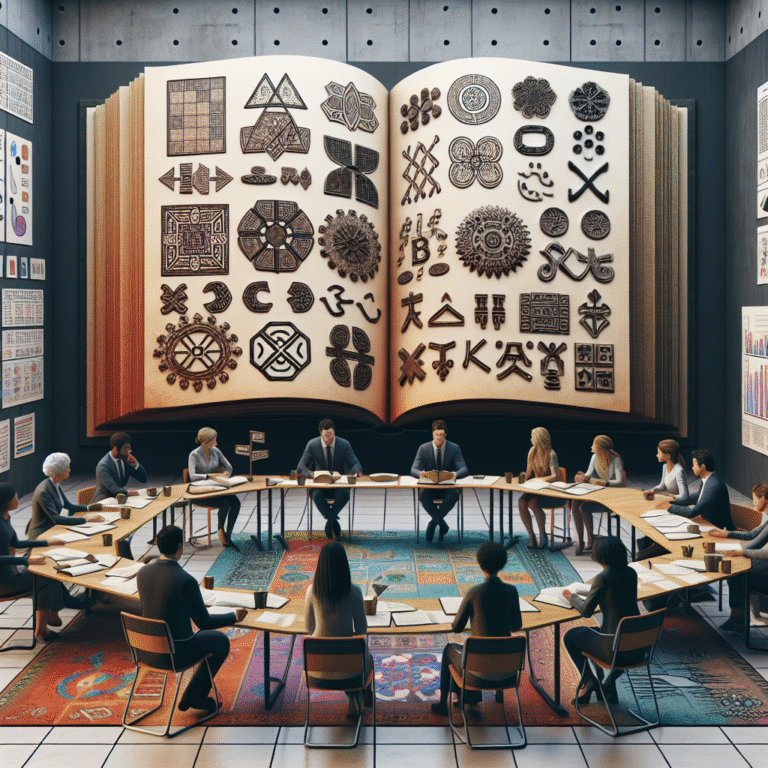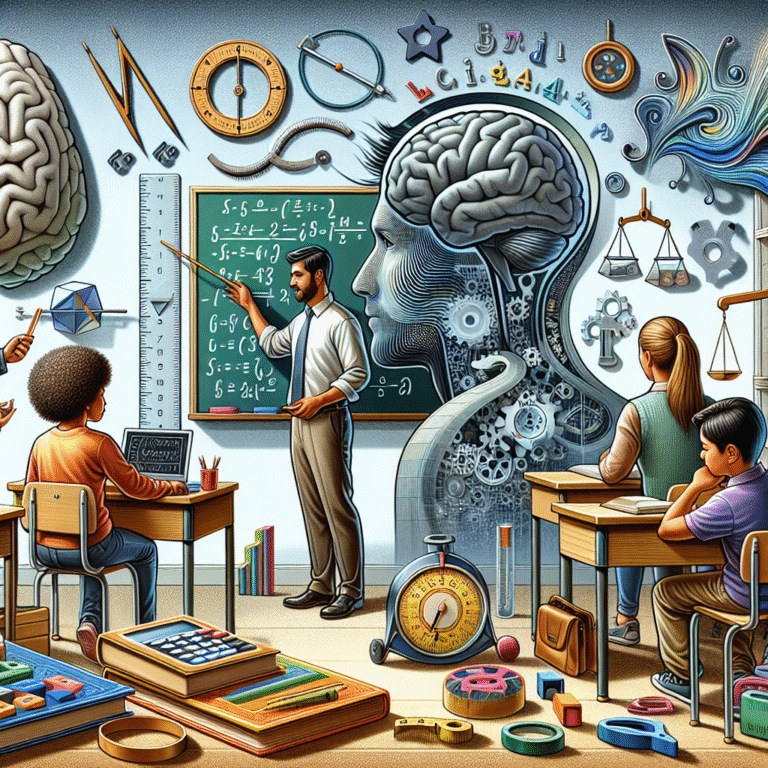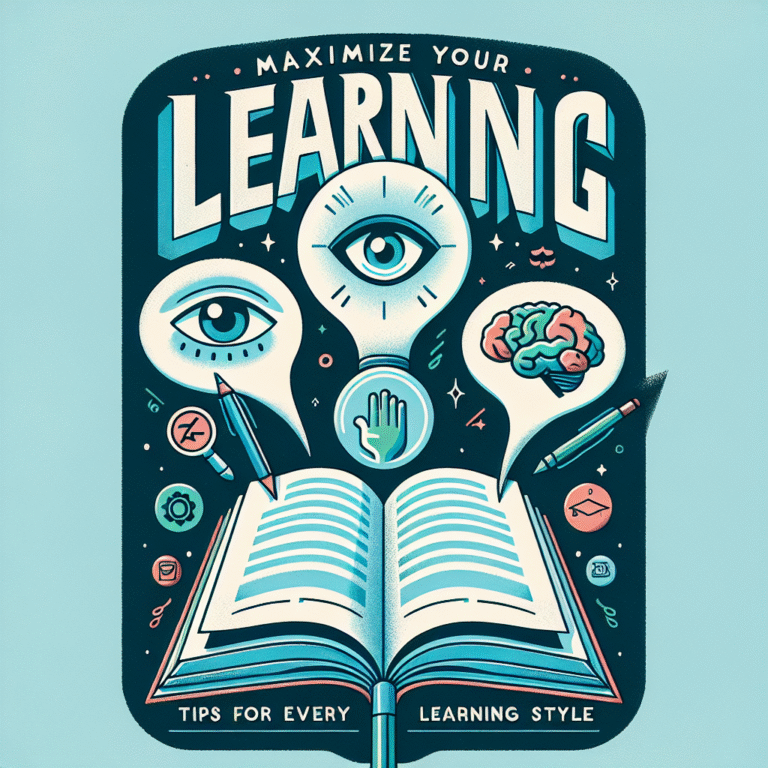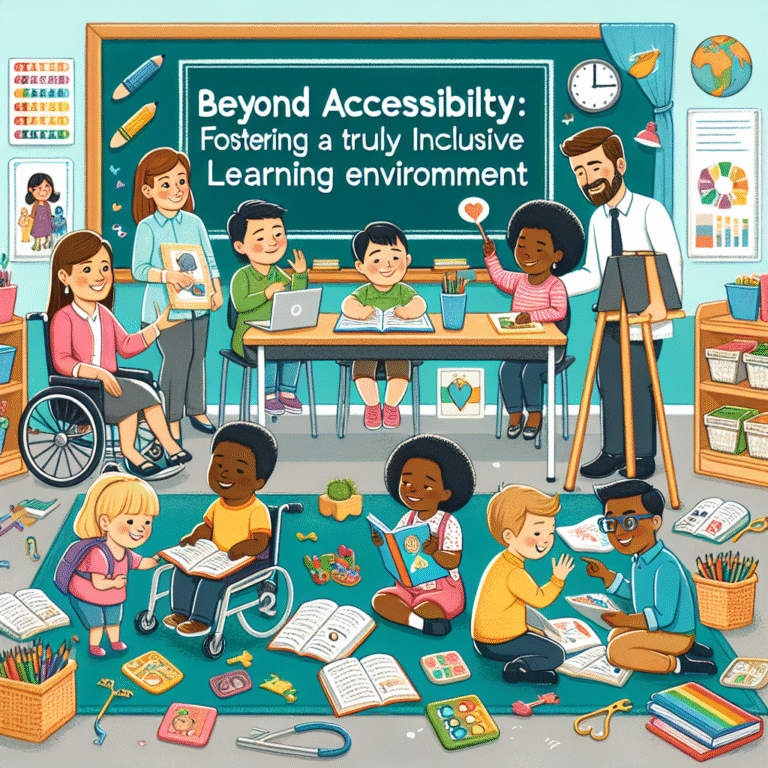
Introduction
In a world that is evolving at an unprecedented pace, the field of education faces a crucial mandate: to adapt and innovate. Among these innovations, Gifted Education in the 21st Century: Adapting to Modern Learning Needs emerges as a pivotal area of focus. Today’s gifted learners are not just high achievers; they are unique individuals who require tailored educational experiences to thrive in a complex, interconnected world. This article explores the significance of gifted education today, offering valuable insights on how educators, parents, and policymakers can ensure that gifted students receive the support they need to flourish.
Understanding Gifted Education
What is Gifted Education?
Gifted education refers to specialized instructional programs designed to meet the unique learning needs of students identified as gifted. These students often excel in intellectual, creative, artistic, or leadership capacities. Acknowledging this diversity allows educators to tailor pedagogies that can maximize the potential of gifted learners.
The Evolution of Gifted Education
Historically, gifted education was often a one-size-fits-all approach, relying heavily on standardized tests to pinpoint exceptional students. However, as we’re learning more about different forms of intelligence and the individual learning styles, the approach is shifting. More than ever, education systems are beginning to embrace flexibility and creativity in how they address the needs of gifted students.
Case Study: The School for Early Development
The School for Early Development in California provides a progressive model for gifted education, emphasizing project-based learning that allows students to explore interests in depth. Here, students engage in collaborative projects that not only challenge their intellect but also cultivate essential 21st-century skills such as collaboration, critical thinking, and creativity. This case illustrates the merit of adapting gifted education to modern learning needs by fostering an environment that prioritizes exploration and personal growth.
Modern Learning Needs
The Role of Technology
In the 21st century, technology has become a pivotal tool in education. For gifted learners, there are numerous digital resources available that can enrich their learning experiences, from advanced coding programs to online courses in specialized subjects.
Utilizing Technology in Gifted Education
Utilizing virtual reality, artificial intelligence, and online collaborative platforms can make learning more engaging for gifted students. For instance, platforms like Khan Academy and Coursera allow students to explore topics at their own pace, democratizing access to advanced information.
Incorporating Emotional and Social Learning
Gifted learners often exhibit asynchronous development—they may be intellectually advanced but socially or emotionally immature. This gap can result in feelings of isolation or frustration. As part of Gifted Education in the 21st Century: Adapting to Modern Learning Needs, incorporating social-emotional learning (SEL) is essential.
A Case Study: The New York Gifted and Talented Program
The New York City Gifted and Talented Program integrates SEL into its curriculum. Here, educators provide students with tools to navigate their emotional landscapes while engaging in intellectually rigorous activities. The emphasis on SEL equips gifted learners to cope with stress, build relationships, and foster resilience, ensuring a holistic approach to education.
Strategies for Effective Gifted Education
Differentiated Instruction
Differentiated instruction involves tailoring teaching methods and resources to meet individual needs. By offering multiple avenues for students to explore a subject, educators can cultivate a more inclusive learning environment.
Practical Techniques for Differentiation
- Flexible Grouping: Lightly adjust group composition based on the learning objectives.
- Choice Boards: Provide a menu of activity options that align with the curriculum.
- Tiered Assignments: Design assignments with varying levels of complexity to meet diverse needs.
Project-Based Learning
Project-based learning encourages students to engage with real-world problems, allowing them to apply their skills in meaningful ways. This approach promotes intrinsic motivation and deeper learning.
Features of Project-Based Learning
- Real-world relevance
- Student choice and voice
- Collaborative efforts
- Reflection and revision processes
Case Study: High Tech High
High Tech High, a network of charter schools in California, exemplifies successful project-based learning. Students work on interdisciplinary projects, leading to an integration of subjects like science, math, and the arts. This model not only ignites passion but also equips students with skills relevant to the modern workforce, hence embodying the essence of Gifted Education in the 21st Century: Adapting to Modern Learning Needs.
Building a Supportive Eco-System
Collaborating with Parents and Community
Educating gifted students requires a collaborative approach that involves parents, teachers, and the community. Establishing clear communication about educational goals, resources, and progress fosters a supportive environment.
Creating Gifted Learning Communities
Gifted learning communities allow students to connect with peers who share similar interests and abilities. This creates networks that nurture talent while providing essential support.
Example: The Gifted Academy Network
The Gifted Academy Network launched a series of mentorship programs that connect students with professionals in various fields. This exposure not only inspires gifted students but aligns with the goals of Gifted Education in the 21st Century: Adapting to Modern Learning Needs by preparing them for real-world challenges.
Assessing Growth
Using a combination of qualitative and quantitative assessments can help monitor and encourage the growth of gifted learners. Traditional testing might not capture creativity or critical thinking, so alternative assessments should complement them.
Tools for Assessment
- Portfolios
- Performance tasks
- Self-assessments
- Peer assessments
Challenges in Gifted Education
Misunderstandings of Giftedness
Giftedness is often misunderstood; people may equate it strictly with high IQ scores, overlooking creativity, leadership, or artistic talent. This misunderstanding can lead to under-identification and under-support for gifted students.
Equity in Education
Access to gifted education varies significantly across socioeconomic lines. Many students from underserved communities do not receive the identification or resources necessary to nurture their talents.
Addressing Equity Issues
Education systems must strive to create equitable environments that promote diversity in gifted programs. This includes outreach efforts to identify giftedness in varied populations and ensuring access to resources regardless of economic background.
Example: Blazing the Trail Initiative
The Blazing the Trail initiative in Texas aims to identify and support gifted students from low-income and minority communities. By focusing on equitable access to resources and opportunities, programs like these exemplify effective strategies from Gifted Education in the 21st Century: Adapting to Modern Learning Needs.
Conclusion
The landscape of Gifted Education in the 21st Century: Adapting to Modern Learning Needs is both complex and vital. As we hone in on the specific requirements of gifted learners, it becomes clear that sustainable change requires a multifaceted approach—embracing technology, promoting social-emotional well-being, addressing inequities, and championing collaboration.
By adopting innovative strategies and nurturing supportive ecosystems, educators, parents, and communities can create pathways that lead gifted students toward fulfilling their potential. A proactive stance today will not only enhance the lives of gifted individuals but also enrich our society as a whole.
FAQs
-
How are gifted students identified?
- Gifted students are typically identified through a combination of standardized tests, teacher recommendations, and assessments of creativity or performance.
-
Is there a one-size-fits-all approach to gifted education?
- No, gifted education should be personalized to cater to individual strengths and weaknesses, employing varied instructional strategies.
-
How can parents support gifted learners at home?
- Parents can support gifted learners by providing intellectually stimulating activities, encouraging independent projects, and fostering a love for learning.
-
What role does technology play in gifted education?
- Technology can enhance learning by providing access to advanced resources and enabling students to engage with materials at their own pace.
- What is the importance of social-emotional learning (SEL) for gifted students?
- SEL helps gifted students manage emotions, build relationships, and develop resilience, which are vital for their overall well-being and academic success.
By fostering a deliberate awareness of the complexities surrounding gifted education today, we can cultivate a future where every gifted learner thrives. Embrace the challenge and responsibility—we have the tools, the knowledge, and the power to make a difference.















